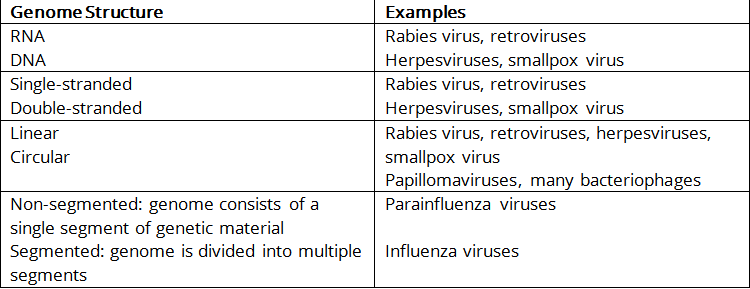Which of the following is responsible for the cohesive property of water?
(A) Hydrogen bonds between the oxygen atoms of two adjacent water molecules
(B) Covalent bonds between the hydrogen atoms of two adjacent water molecules
(C) Hydrogen bonds between the oxygen atom of one water molecule and a hydrogen atom of another water molecule
(D) Covalent bonds between the oxygen atom of one water molecule and a hydrogen atom of another water molecule
(E) Hydrogen bonds between water molecules and other types of molecules
Ans: (C) Hydrogen bonds between the oxygen atom of one water molecule and a hydrogen atom of another water molecule
You might also like to view...
Which one of the following statements about viruses is incorrect?
A. Most viruses use cellular machinery to replicate their genetic material. B. The genomes of viruses are enclosed in a protein coat and occasionally a lipid bilayer envelope. C. Viruses possess the ability to harness energy from the environment. D. Viruses are valuable tools in biological research. E. Some types of viruses employ replicative cycles involving the integration of their genomes into the genome of the host organism.
Stirred fermenters can range in size from 3 liters to ________ liters or larger, depending on production requirements.
Fill in the blank(s) with the appropriate word(s).
Using the table, which of the viruses has linear, single-stranded RNA?

a. herpesvirus
b. influenza virus
c. retrovirus
d. bacteriophages
In living organisms, chemical reactions responsible for growth, repair, and nutrition are collectively referred to as:
a. development b. metabolism c. adaptation d. genetics e. homeostasis